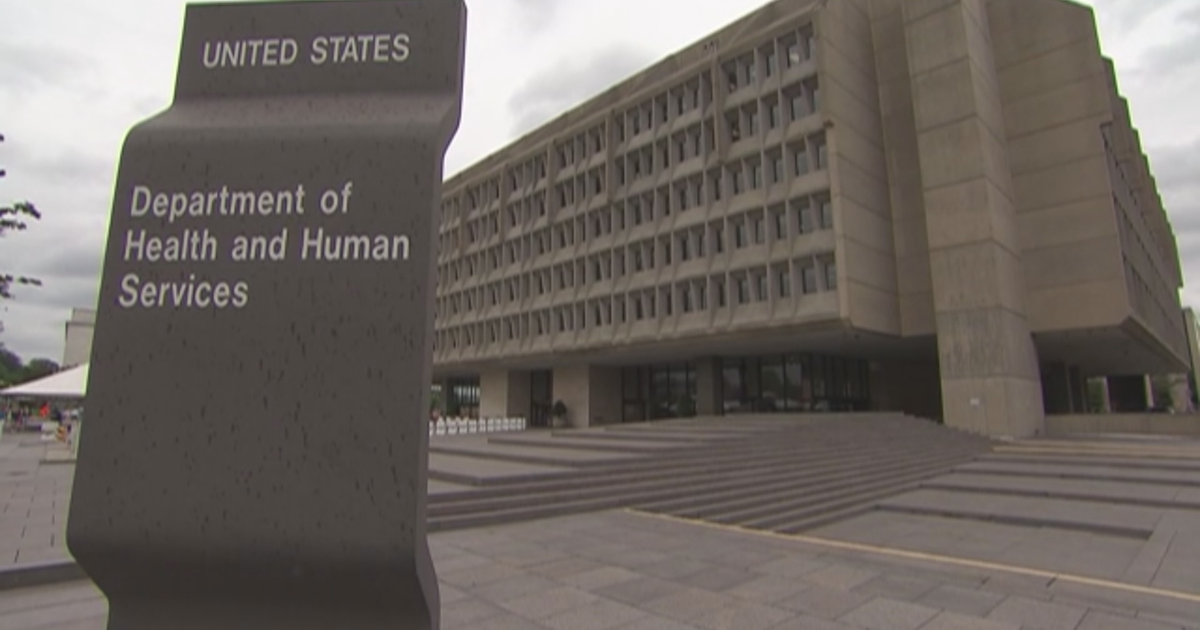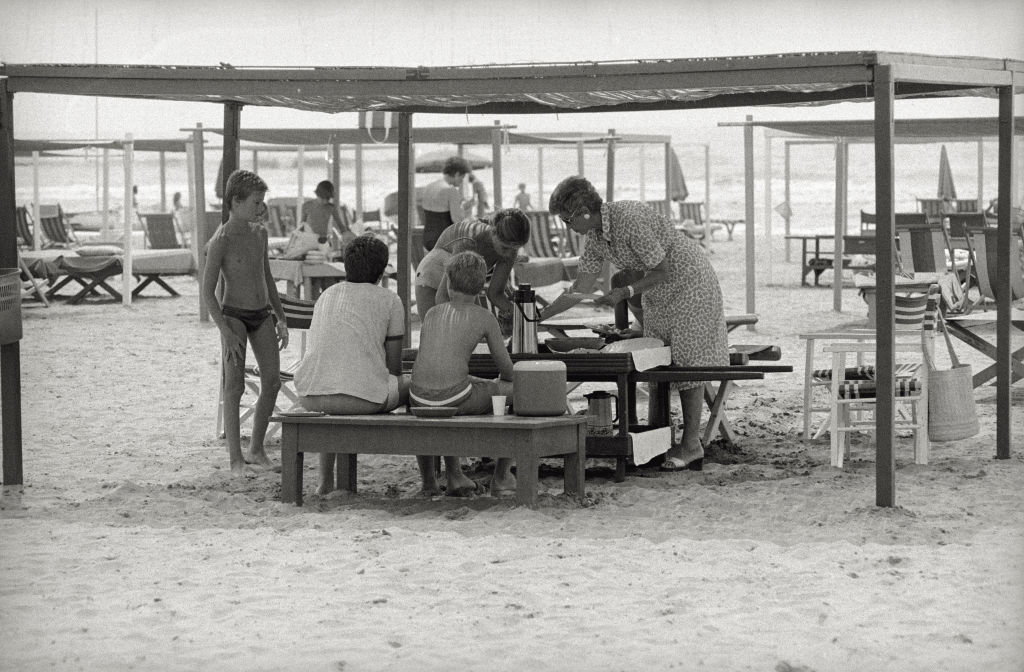There are thousands of tons of plastic floating in the oceans. One group trying to collect it just got a boost.
The accumulated floating plastic known as the Great Pacific Garbage Patch is 620,000 square miles — nearly twice the size of Texas. One group is trying to clean up the more than 100,000 tons of garbage, one football field of trash every five seconds.
Since 2019, The Ocean Cleanup has been collecting the floating plastics for later recycling. And with a new $15 million grant from the Helmsley Charitable Trust — tied to World Ocean Day on June 8 — the group will continue its efforts to remove the garbage, a $189 million project that aims to ultimately remove 15 million pounds of plastic.
Removing the plastics now helps prevent an "ecological time bomb" by not allowing these plastics to become microplastics, Matthias Egger, head of environmental and social affairs at the Ocean Cleanup, told CBS News.
The marine life that consumes plastics can get eaten by larger prey which in turn can get eaten by humans who end up consuming those initial plastics at the beginning of the food web. Microplastics are found everywhere now – from people's lungs to mother's breast milk.
"We are very concerned with the amount of plastics in the ocean and the health risks that are posed from the plastics breaking down and getting into our food chain and eventually getting into our bodies," Walter Panzirer, a trustee at Helmsley which focuses on access to health care, told CBS News. "There's been several scientific studies showing the negative health outcomes of microplastics in the human body."
The latest iteration of the organization's system, funded by the Helmsley grant, involves a ship, which takes about five days to even reach the site, the largest plastic accumulation zone in the world. The ship then drags a nearly mile-and-a-half-long barrier at about walking pace to collect the plastic. AI monitoring allows the ship to steer toward the areas with the greatest plastic density, and underwater cameras monitor for any marine animal life caught in the "retention zone." If an animal is spotted, a safety hatch opens to allow the animal to escape.
"It was mind blowing," says Egger, who has completed the trip to the patch twice. "You have this pristine environment. It's a beautiful open ocean and you see a toothbrush just floating by, you see a kid's toy floating by. You realize the extent of the pollution that we caused is so vast that we created this garbage patch in the middle of the open ocean far away from human beings."
The Great Pacific Garbage Patch got its name from oceanographer Charles J. Moore, who coined the term after returning from a sailing race in 1997. About 85% of marine litter is plastic, according to the United Nations. Once these plastics enter a gyre, or an ocean vortex, they stay there until they degrade to microplastics.
"That garbage isn't going anywhere, it's staying in that location for the most part, breaking down, and entering our food system," said the trust's Panzierer. "It is so important for us to work collectively as an entire society to remove this because it has not only health problems for America, but has health problems for the entire globe."
Ocean plastics harm marine life, too. Animals often confuse the plastics for food because of their size and color, which can lead to malnutrition. Sea turtles caught in fisheries operating around the patch can have up to 74% of their diets composed of ocean plastics, according to The Ocean Cleanup.
And ocean wildlife can get caught and die in discarded fishing nets, also known as ghost nets, which make up 46 percent of the mass of the garbage patch according to the Ocean Cleanup.
In addition to the health effects of ocean plastic pollution, there are economic costs too — plastics in the ocean cost roughly $13 billion per year, including the clean up costs and financial losses to fisheries and other industries, according to the United Nations. The new funding will help the organization, which relies on donations, transition to using the new, more efficient cleanup system and scale it up.
To clean up the entire patch, Egger said, would cost billions.
The United Nations is currently negotiating a global plastics treaty that aims to develop a legally binding agreement to address plastic pollution by the end 2024.





